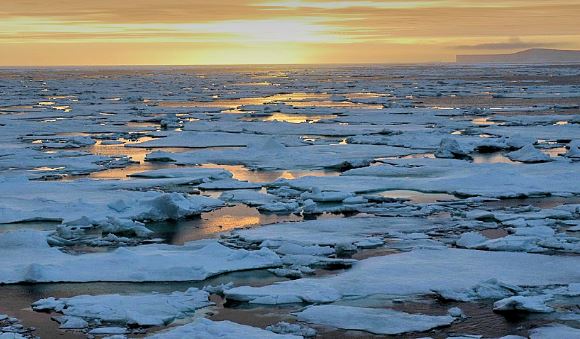Ozone Depletion and Its Impact on Antarctic Biota
A recent study published in the journal Global Change Biology has raised concerns about the persistent ozone depletion over Antarctica and its potential consequences for the region’s plant and animal species. The study highlights that the ozone hole, which forms over Antarctica each spring, has started to shrink in the past 25 years but has persisted for an unusually long time over the last four years.
Importance of the Ozone Layer
- The ozone layer is a region of Earth’s stratosphere that absorbs most of the Sun’s ultraviolet (UV) radiation, particularly UV-B rays.
- Ozone depletion occurs when chlorofluorocarbons (CFCs) and other ozone-depleting substances (ODS) released by human activities interact with UV rays, breaking down ozone molecules.
- The Montreal Protocol, signed in 1987, has been successful in phasing out the production of CFCs and other ODS, leading to a gradual recovery of the ozone layer.
Consequences of Extended Ozone Depletion
The study suggests that the prolonged ozone depletion until late December is concerning because it coincides with the beginning of the austral summer. High incident UV-B radiation during this period, along with snowmelt and the emergence of vegetation, means that Antarctic biota is more exposed to harmful radiation. The start of summer is also the peak breeding season for many animals, and extreme UV-B exposure (UV index up to 14) may occur at a vulnerable time in their life cycles.
About Antarctic Ozone Hole
- The Antarctic ozone hole was first discovered in 1985 by British Antarctic Survey scientists.
- The hole forms during the Antarctic spring (September to November) when cold temperatures allow the formation of polar stratospheric clouds, which provide a surface for ozone-depleting reactions to occur.
- The size of the ozone hole peaked in 2006 at 29.6 million square kilometers (11.4 million square miles), roughly the size of North America.
- The recovery of the ozone layer is expected to take several decades, with the Antarctic ozone hole projected to disappear by the 2060s.
About Montreal Protocol
- The Montreal Protocol is an international treaty designed to protect the ozone layer by phasing out the production and consumption of ODS.
- It has been ratified by 197 countries, making it the first treaty in the history of the United Nations to achieve universal ratification.
- The protocol has been successful in reducing the atmospheric concentrations of key ODS, such as CFCs and halons, by over 90% since its implementation.
- Without the Montreal Protocol, the ozone layer would have collapsed by 2050, with devastating consequences for life on Earth.
Continued research and international cooperation are crucial for understanding and mitigating the consequences of ozone depletion and ensuring the protection of Antarctic ecosystems.
Month: Current Affairs - April, 2024
Category: Environment Current Affairs








